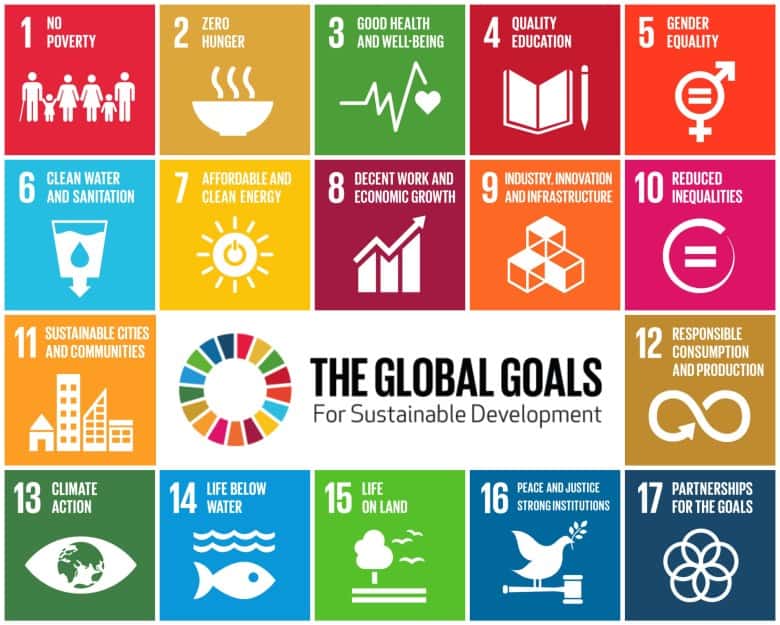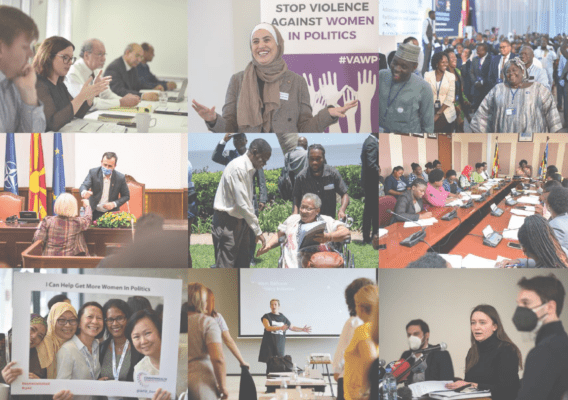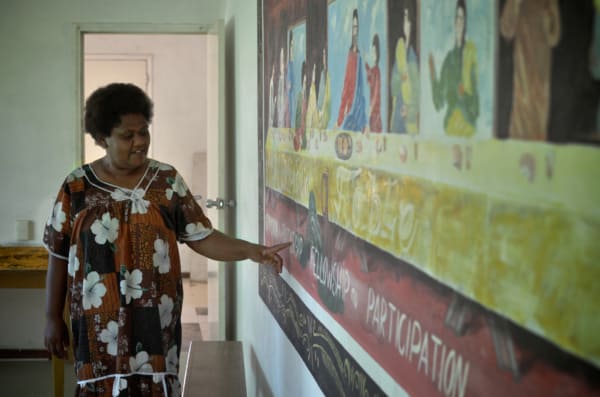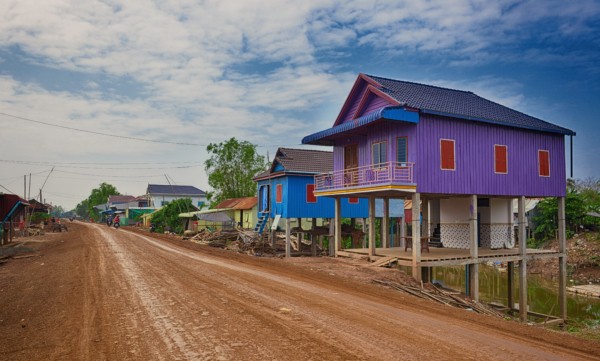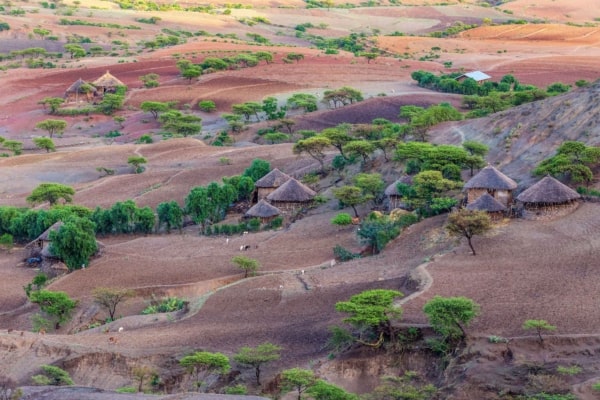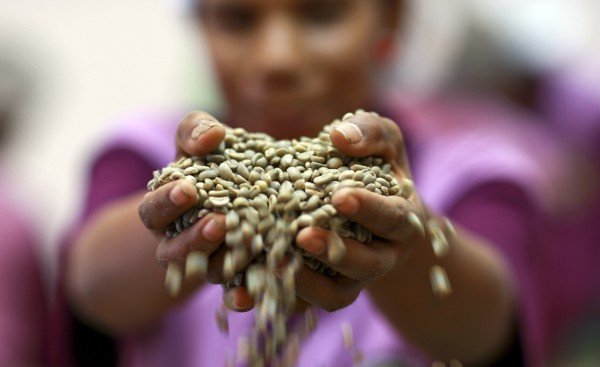Guest post for the OECD’s Institutions and Stability blog
So just as we embark on the most ambitious global development project yet in the form of the new Sustainable Development Goals, some hefty questions are being asked about development assistance. And the answer we keep hearing – in one form or another – is the need for development actors to begin to ‘think and work politically’ (TWP). How realistic is this, though?
Seth Kaplan writes that international development agencies in particular are limited in their ability to change and to really take on the TWP agenda. Past experience obviously suggests he’s right to be sceptical. He points to the need to instead take ownership seriously and support local actors in solving their own problems, by investing in human capital and in leadership – universities, think tanks, scholarships and so on.
The difficulty is that his way of doing this would take decades to bear fruit, and we don’t have decades to deliver the SDGs.
Seth’s emphasis on human capital and leadership doesn’t, as he suggests, actually contradict messages from the TWP literature – see, for example, David Booth and Sue Unsworth’s work on ‘politically smart, locally led’ development or what Adrian Leftwich and Steve Hogg called ‘institutional indigenisation’. I would point to a different dilemma in bringing TWP to the mainstream of development work; how we convince people working on each of the SDGs that some of their biggest challenges are political rather than technical, and that we therefore won’t achieve the SDGs by 2030 (or perhaps ever) without thinking and working politically. Certainly we need to understand how politics permeates every aspect of Agenda 2030, not just the bit where politics is explicit, like SDG16.
Take, for instance, SDG6 – Water. I’ve heard about a huge water program in a fragile state. Roughly three quarters of the program had failed for largely technical reasons – wrong equipment, not enough due diligence, that kind of thing. Yet the donor’s biggest headache had come from the successful 25%.
Where water was delivered, there was a great deal of political capture and, in some areas, an increase in violence. It’s a reminder that water is a resource that people are willing to fight over and – depending on how it is delivered – it can be captured relatively easily. So we need to do more than lay pipes to achieve SDG6 by 2030; we need to consider the unique political characteristics of the water sector in each national or subnational context we’re looking at.
Not all development programs will be about challenging power, but more of them do this unconsciously than is currently recognised. Recent research suggests, for instance, that roads are the ‘open sesame’ factor that helps ordinary citizens challenge existing patron-client relationships. When new roads connect rural areas to each other and to cities, they give people physical access to alternative social and political networks and relationships that can help them manage the risks of breaking the old ties. Good roads make them more politically resilient. Road building looks like technical infrastructure, but it may have profound political ramifications. Something to think about for SDG9?
Colleague Claire Mcloughlin is currently researching the link between service delivery and legitimacy She’s looking at higher education in Sri Lanka, a country that often confounds experts by having both a high HDI score and a civil war. In higher education there is active conflict between citizens and the state today that can be traced back to critical junctures in the 1950s and 1960s; unfunded promises made on education by the post-colonial government which raised unrealistic expectations, and which were also used to benefit one community at the expense of another.
So when we consider education – SDG4 – keeping politics at the heart of things suggests the need to watch, for instance, those countries that expanded education for the MDGs but paid little attention to its quality or to whether newly educated citizens would have jobs to go to. Such unfulfilled expectations may well fuel future conflict.
A significant factor in disappointing development results is ignoring the politics, or at least not trying to understand the political landscape where we’re trying to achieve change. Of course, TWP might mean doing things very differently in some contexts, but it may mean simply being more politically aware. To achieve the SDGs, we need to confront the issue of political will head on, from the international community to the village level. But how to do this?
A new DLP research paper suggests a way to build a robust, comparative evidence base to help us better understand how politically informed development programs emerge in different political contexts, different sectors, different organisations and with different types of individuals. We argue that it’s not just about being flexible and adaptive, or entrepreneurial, or working with the political settlement, or understanding different sectors’ political characteristics; it’s about how all of these combine to create or shut down the space for thinking and working politically.
The lesson, we suspect, is that as long as design is appropriate to the program and to the context, there is no one way to do design these sorts of programs. In some spaces it may be really difficult and in others it may be relatively easy. Understanding these differences and figuring out how to support different actors in different contexts to TWP may help allay the concerns of those who, like Seth, worry that development agencies won’t be able to take this on board.
And, we hope, this will help SDG-focused colleagues – in government, civil society, development agencies and so on – better understand how to think and work politically to achieve their goals, before 2030 comes and goes.

